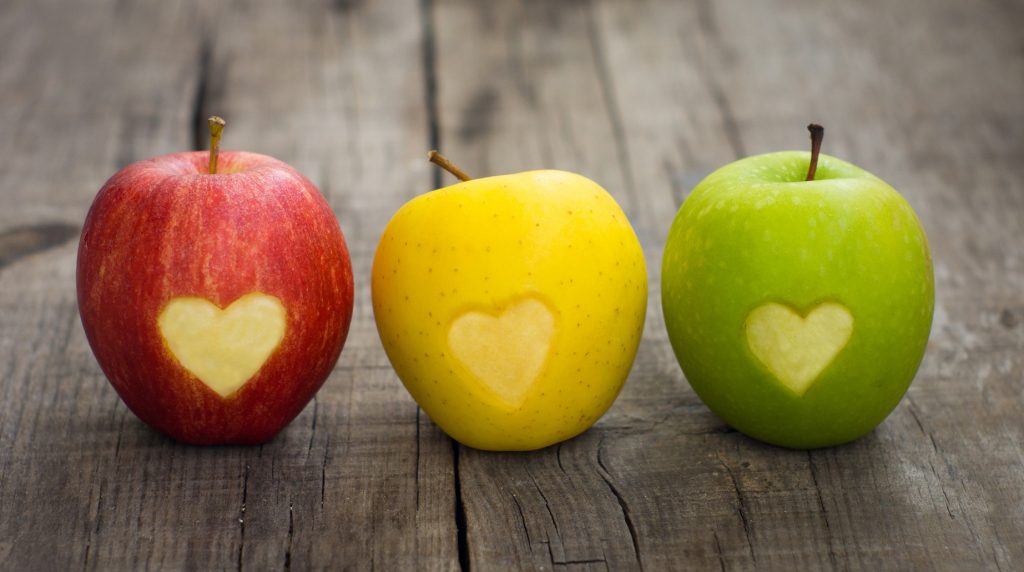
Your heart pumps about 2,000 gallons of blood every day, delivering fresh oxygen and valuable nutrients to your vital organs. To keep tabs on your heart health, it’s important to understand what your blood pressure is.
What Is Blood Pressure?
Every time your heart contracts, it puts pressure on the blood vessel walls—this force is blood pressure. It’s measured in millimeters of mercury (mmHg) displaced on your doctor’s blood pressure cuff.
While you don’t want this to be too low, you don’t want it too high either! Over time, high blood pressure can damage blood vessels, which increases your risk for heart disease. So, it’s important to keep tabs on your blood pressure.
There are two important numbers you should remember:
- Systolic Pressure – This is the top number. It measures the pressure when the heart is squeezing to pump blood to the rest of the body.
- Diastolic Pressure – This is the bottom number. It measures the pressure when the heart is relaxing to allow blood back into the heart.
For your blood pressure to be normal, both numbers have to be just right. Your doctor can help measure your blood pressure and provide you with the numbers. Here’s a chart to help you understand what they mean.
| Category | Systolic (mmHg) | Diastolic (mmHg) | |
| Normal | <120 | & | <80 |
| Low risk (Pre-hypertension) | 120–139 | OR | 80–89 |
| High risk (Hypertension) | >139 | OR | >89 |
Source: From the National Heart, Lung and Blood Institute.
What if My Blood Pressure Is Too High? (+3 Tips)
Your doctor will check your blood pressure during your annual health screen. But, you can also take a blood pressure reading with an over-the-counter monitor. If you see a high reading at home, take a few readings and get the average. If your blood pressure consistently reads above 120 mmHg for systolic or 80 mmHg for diastolic, give these tips a try:
- Eat less salt. Salt contains sodium, an important electrolyte that’s found in blood and virtually all cells in your body. However, eating too much sodium can raise your blood pressure, so cut back on high-sodium condiments, processed meat, cheese, canned soups and frozen dinners. Use herbs and spices to flavor your food instead.
- Eat more fruits and vegetables. Fruits and vegetables are full of potassium, an electrolyte that counteracts sodium. Essentially, the more potassium you eat, the more sodium you lose through urine, which can help your blood pressure.
- Cut your caffeine intake. Caffeine stimulates your adrenal glands to release adrenaline, which can increase your blood pressure. Instead of drinking regular coffee, try decaf or a caffeine-free herbal tea.
To learn more about other key health numbers, check out Body Composition 101 and Blood Sugar 101.

